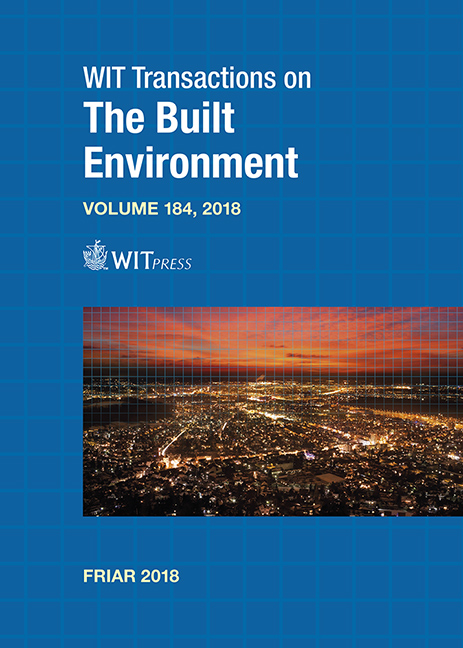PROBLEMS OF RAINWATER MANAGEMENT: A CASE STUDY OF THE CITY OF WARSAW, POLAND
Price
Free (open access)
Transaction
Volume
184
Pages
11
Page Range
69 - 79
Published
2018
Size
1,285 kb
Paper DOI
10.2495/FRIAR180071
Copyright
WIT Press
Author(s)
JAROSŁAW CHUDZICKI
Abstract
The article presents the current problems of drainage of rain sewage from the urban agglomeration area on the example of Warsaw, the capital of Poland. The size of the precipitation and its diversification, both during and in intensity in a given area is associated primarily with the climatic zone, geographical factors and the degree of urbanization of this area. Climate changes in recent years are not without significance, which are a probable cause of rainfall of above-average intensities and durations. The article presents examples of surface flooding particularly important due to the complexity of the existing infrastructure within Warsaw in recent years. It also describes the specific development of some areas within the city, such as the area of the airport. Due to the increasing operational problems associated with the discharge of rainwater from intensively urbanized areas, the legal, organizational and technical solutions applied in the agglomeration are presented. These are prohibitions for discharging rainwater from new urbanized areas, use of rainwater infiltration in a greater extent at the place of their appearance, use of retention reservoirs near sealed surfaces, more use of canal retention or use of rainwater for economic purposes (e.g. flushing toilets inside buildings). The summary states that it is difficult to assess at the moment whether the presented solutions will actually minimize the growing problems associated with atmospheric precipitation in the Warsaw agglomeration.
Keywords
urban drainage, surface flooding, rainwater management





